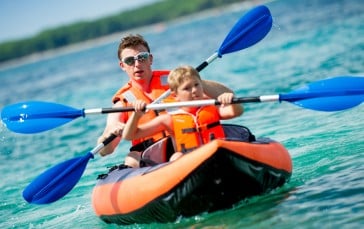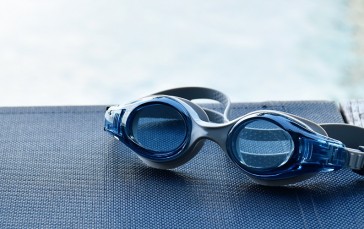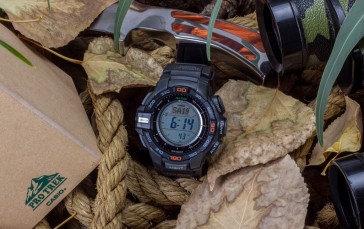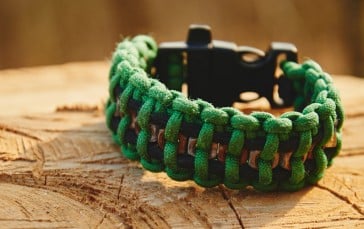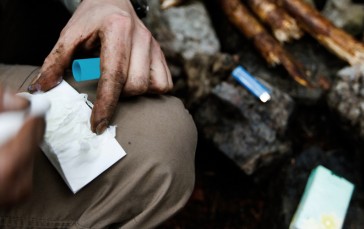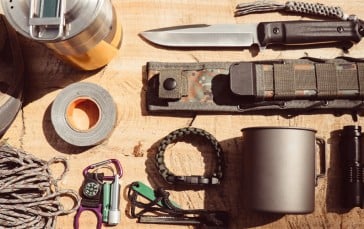Water Safety Survival Skills
As one of the leading causes of death in children is drowning in bodies of water of all proportions including a tiny paddling pool, learning as much as we can about how to survive potential drowning could prove a life-saving action for your kids or yourself. Although it is highly recommended for children to attend water survival classes as well as learn to swim as early as possible, we must remember that adults are also at risk when in, on or besides a body of water.
In order to help people become more aware of what to do for themselves, a loved one or a complete stranger when faced with a life-threatening situation in the water, we’ve compiled some of the more vital survival skills. By educating ourselves about survival skills in water environments, we could make a difference in preventing ourselves or someone from drowning during a water-related accident.
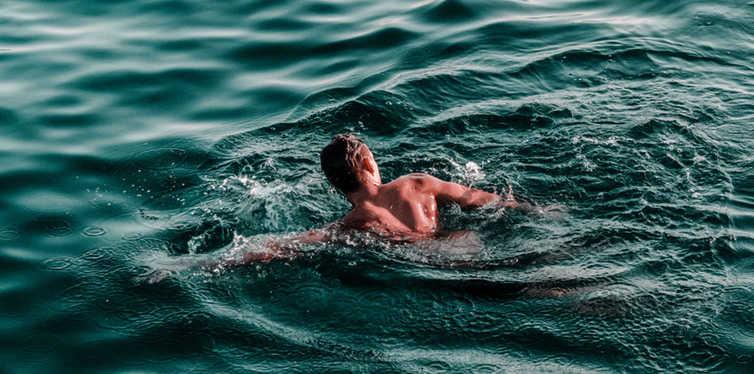
1. Learn To Swim
Although this is probably the most obvious thing you’ve ever heard, it’s important for each and every one of us to encourage others to learn to swim. Contrary to what many people believe, there are way too many teenagers and adults that are still not confident in the water. So, whether you’re in your thirties or you have a couple of kids unprepared for water-related incidents, making sure yourself or the children can swim, could save a life.
2. Stay Calm
I know this might sound ridiculous to say, but if you do find yourself in a body of water quite unexpectedly, it would be wise to remain as calm as you can. And this basic water survival skill is not just for the unfortunate sole that has fallen into a lake or river. Anyone thinking of rescuing a potentially drowning person should be aware that the individual they are trying to rescue could actually drag them under water due to how much they are panicking.
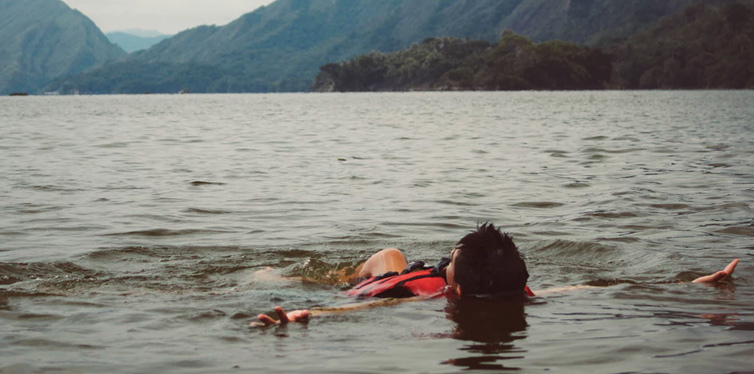
3. Flip & Float
One skill taught in all survival skill classes for water is flipping over and floating in the water. Although not all people unfamiliar with the water will be aware of, it’s actually quite easy to lay flat on your back and just float. Of course, one major aspect of this skill with regard to avoiding getting water in your lungs is to make sure you keep your nose and mouth out of the water as much as possible.
4. Drownproofing Method
Introduced by U.S. swimming coach Fred Lanoue, who worked at the Georgia Institute of Technology from 1936 to 1964, this simple survival skill has been taught to thousands over the years. Mr. Lanoue prescribed the method based on his belief that we all have some amount of buoyancy – allowing us to float in a vertical position. As long as we keep our face submerged in the water – coming up for breathes when absolutely necessary, we should be able to float indefinitely using very little energy.
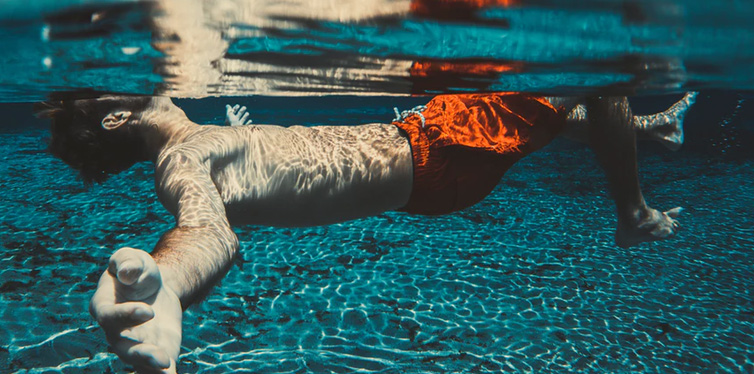
4. Air Bubbles
Buying a nice new shirt could turn out to be a very wise investment for reasons we had no idea would surface. If you’re unlucky enough to plunge into a pond on your way home, using your favorite shirt to trap air bubbles could be a solution. In fact, it’s not unknown for groups of people stranded in water after a boating accident to employ this system to help them float. There’s actually plenty of buoyancy that can be created by a pair of jeans, top or another garment in some water.
5. Clothes Tests
Unfortunately, there are many well-intentioned parents that although encourage their children to learn water survival skills, fail to prepare the kids for real-life situations. Of course, the likelihood of falling into some water in just a pair of swimming trunks is extremely low. With this in mind, it’s important to either test your kids with how they react with clothes on in a pool or go through the process yourself. You’ll be amazed at just how much more difficult it can be to deal with a drowning scenario when fully clothed.
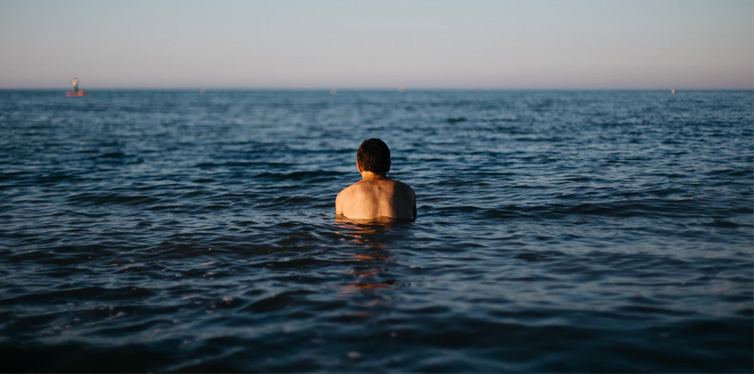
6. Look For Exits
Let’s just say you’ve mastered flipping and floating to help be prepared for a potential drowning situation, the next thing you should train yourself to do is look for places where you might exit the water. Apart from exit points at pools like steps, natural environments such as rivers will require a lot more searching for somewhere to get out of dodge. Anyone that has come across someone in need of help after slipping into a body of water should also be aware of this aspect.
7. Be Well Prepared
Apart from splashing around with family and friends whilst on holiday or if you’re lucky enough to have your own pool – out the back at home, there are plenty of activities that can be enjoyed in bodies of water. However, as much as it’s important to learn water survival skills, it’s also crucial to take along gear that could make the difference between a great day out and total disaster. It goes without saying that a life jacket and possibly one or more rescue buoys are essential gear to put in the trunk of your car when heading out to the local river for a fun-filled day in the water.
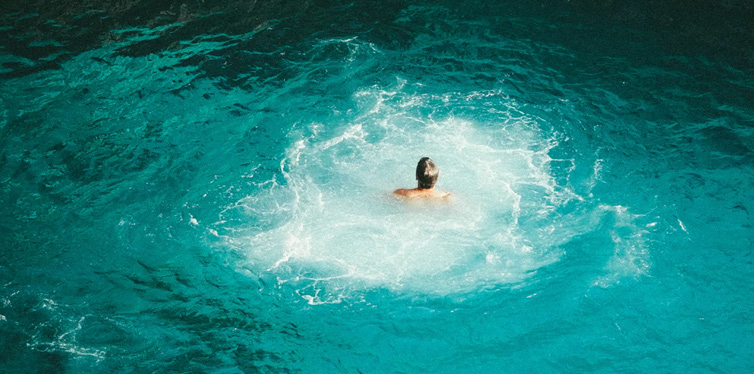
8. Don’t Jump In
Making sure you don’t go from rescuer to victim when reacting to a potential problem when passing a lake or other water environment is of course something all heroes will aspire to. The last thing most water survival experts will say is avoid going in after someone thrashing about in some water – especially if they look like they are really panicking. The best thing to do in these situations or even when a non-swimmer is calmly waiting to be rescued is to look for something that can be used to help them pull themselves to safety such as some rope or even a long tree branch.
Sources:
- Water Safety Skills – Church Of Jesus Christ
- How to teach … water safety – The Guardian


